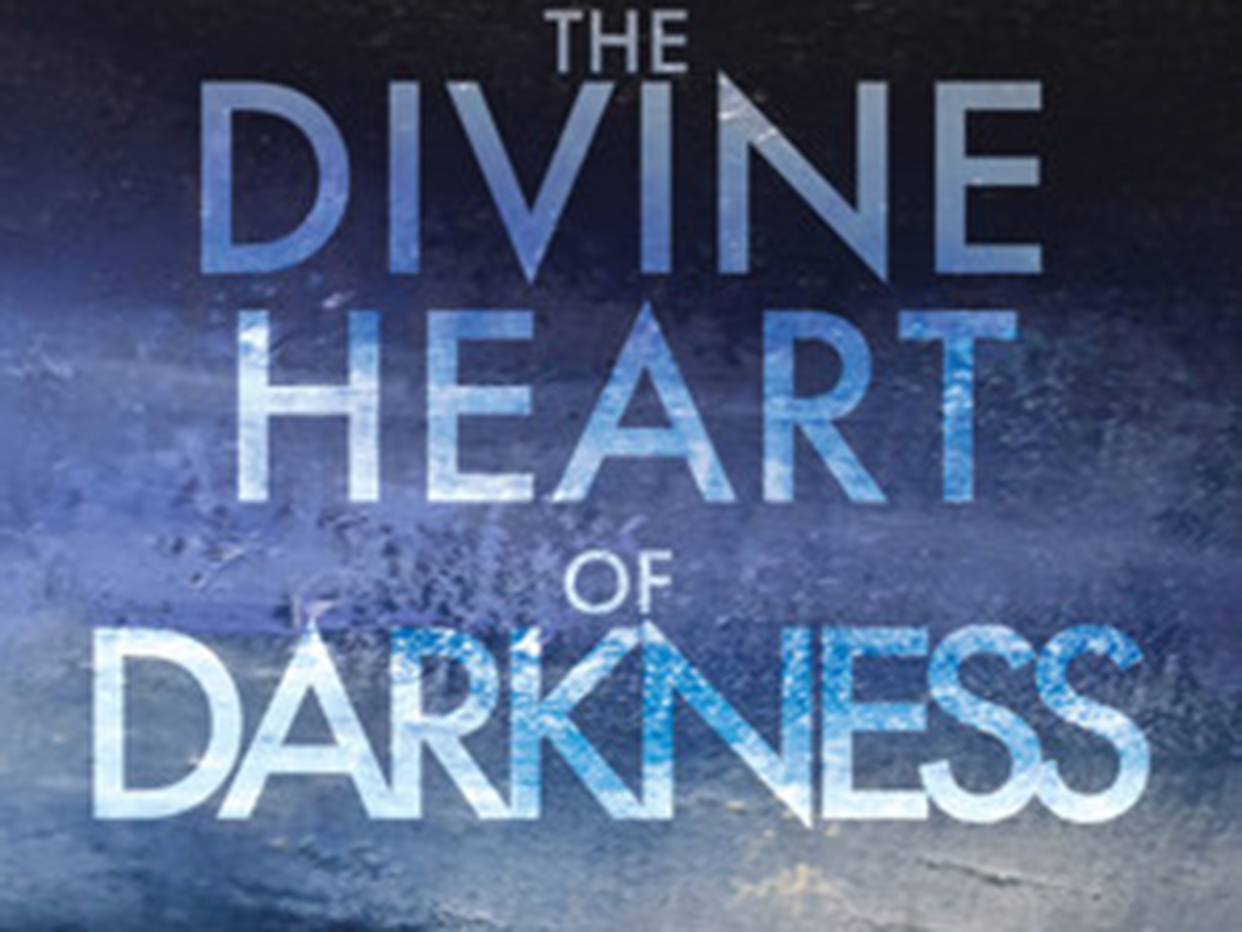The Divine Heart of Darkness by Catherine Bird review: Challenge to long held assumptions about relationship between light and dark

Demonised and feared, darkness has long been associated with evil and despair, while light has come to be venerated, worshipped even.
With her new book The Divine Heart of Darkness, published by Sacrisity Press, author Catherine Bird seeks to challenge those long held assumptions.
Encouraging the reader to explore and rethink their perceptions of darkness, she examines where those might of come by exploring the way it has been portrayed in art, literature, music and religious texts.
An unashamed defender of the dark, she also recounts her personal journeys to Svalbard, a Norwegian archipelago deep within the Arctic Circle which experiences a “Polar Night”, when the sun does not rise for months on end.
It makes for a fascinating read.
Broken up into short, highly readable vignettes, the author sets out her stall early. A mother’s tealight by the side of her bed and a night game at West Ham United’s old ground Upton Park, all helping to establish a lifelong love of the darkness.
Throughout the book, she goes on to explore and test that relationship, whether it be locking herself into a submersion tank or encouraging friends and family to dine in complete darkness at London’s Dans Le Noir restaurant.
In Svalbard, she visits the darkest place on earth, a place where no matter how long you stay, your eyes will never adjust to the light.
However, this is much more than one woman’s journey.
Humankind’s relationship darkness in different disciplines and situations is explored by th author.
From early creation myths to present day, it looks at why, even with all mod cons, our fear of it remains. Even today, with modern street lighting, people still talk about getting home before darkness sets in.
We learn that in many cultures they were viewed as mutually dependent, one could not survive without the other.
In some cultures, it was the light summer months that were feared, as they would dictate whether crops would grow, whether the harvest was good and if winter was set to be a miserable, grim fight against starvation.
Perhaps unsurprisingly, given the author is a Methodist minister, a large part of the book is given to Christianity has played in helping to form opinions on darkness.
With God and by definition all things good portrayed as the light, it was perhaps inevitable that darkness came to represent evil, through hymns, through verse and through poetry, even through artworks.
Even the most simple biblical tale of Jonah and Whale, sees the protagonist swallowed by the giant sea creature, St Paul goes blind for three days, Jesus is placed into a cave after his crucifixion.
It is only after they are plunged into complete darkness that they are able to emerge into the light and move forward.
A similar relationship can be found in other religions, be it Buddhist deities or Hindu gods like Kali, whose ability to both destroy and renew, inspires both awe and devotion in her followers. Taoism is about balance between dark and light and even the Koran acknowledges that God created things in pairs.
The creativity that darkness has inspired artists, dramatists and musicians is also explored.
Those at their lowest ebb, have been inspired to create the most beautiful works, while the author also encourages us to look for the hidden beauty in artworks that may at first appear dull.
Her own process and the creativity inspired by her journey into the darkness Svalbard are also incredibly interesting, as are her reflections and observations about the community who live there.
Well referenced, interspersed with passages from other authors, poets and songwriters, although at times the pace can slow a little, the book’s structure and excellent editing, means it quickly picks up. By breaking it up into short essays, the reader is never bogged down.
It never feels heavy and is instead intelligent and accessible, the author all the while offering her own thought provoking observations.
Although relatively short, it is excellently written and the reader is left both entertained and informed.


